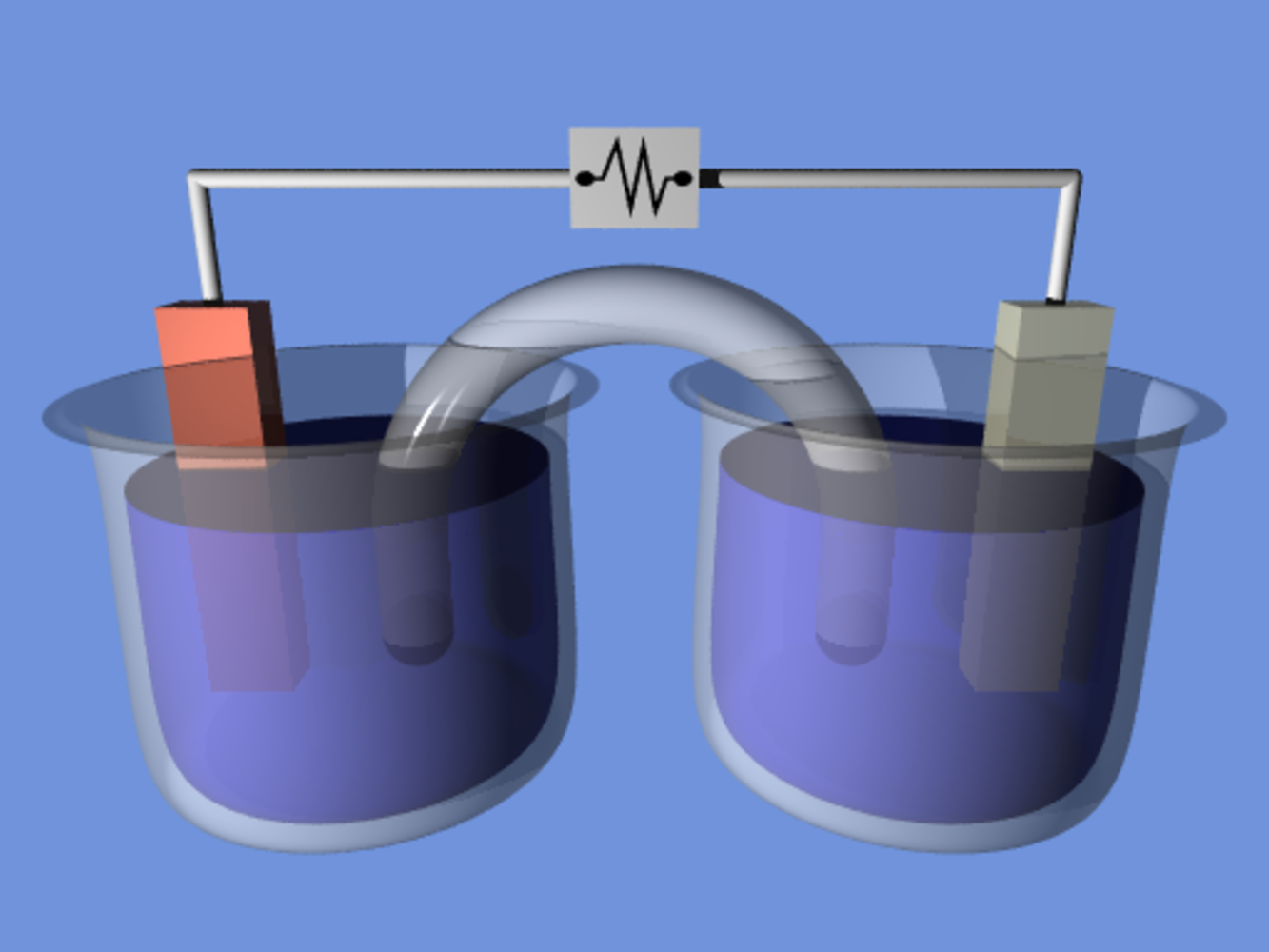How are new batteries developed?
Interview with
Kristin - My name is Kristin Persson, I work at the Lawrence Berkeley National Laboratory in California. I look at materials and I try to predict their properties from quantum mechanics in a computer and see whether they would work well for batteries. While we have Lithium ion batteries that work today, they're too expensive, or they have too little energy density - depending on how you want to see it - to be viable as electric cars for the average person.
Chris - So although batteries have gotten enormously better, like modern mobile phones which draw enormous current compared with ten years ago, a car is a totally different kettle of fish?
Kristin - Yeah, you need a ton more energy. If you look at the battery packs for electric vehicles, the whole car is stuffed with them. They have a problem finding space for these things, they have to go under the seats. So they're huge and if we could find materials that are smaller, cheaper or have more energy-density per volume, that would help.
Chris - And how are you trying to do that?
Kristin - I try and design new materials in the computer, and I can calculate the properties that are important for battery electrode materials, like voltage, capacity, stability and safety. I can calculate all those properties and then screen the materials and find the ones that would actually work well as electrode materials and ask my colleagues to try and make them.
 Chris - So your work basically happens inside a computer. You are taking molecular or ionic structures and asking: how would this perform under various conditions?
Chris - So your work basically happens inside a computer. You are taking molecular or ionic structures and asking: how would this perform under various conditions?
Kristin - Exactly.
Chris - And you're trying this for lots of different chemicals, you basically pluck off the periodic table and say, what combos are going to give the right voltages and energy densities?
Kristin - Yeah and we partly use our own intuition but we also have a huge database of more than 100,000 computed structures and we can data mine that to see which structures are usually stable, which elements give good voltages etc, so we can filter down the different possibilities
Chris - Have you come up with any promising ones?
Kristin - We have several that were predicted to be promising and people in our lab have actually been able to make a few of them, but they're not performing as well as we would like them to. So they're not contenders yet, although they are performing as battery materials
Chris - What do you think is wrong?
Kristin - It's hard to know. If you had asked Professor Goodenough from Texas what was wrong with Lithium ion-Phosphate when he first found it he would have said, "ugh, everything. It's a bad material." It takes a long time to optimize these things. It could be anything from interaction with the electrolyte, surface properties, it could be that some of the things that we predict, like phase stability as you move lithium in and out, is not quite as well characterised as we would like it to be.
Chris - This sounds very reminiscent of the way in which drug discovery and design has gone. In the old days people used to do a bit of clever chemistry, make something, and then inject it into a rat to see what happens. These days people take molecules that they know could exist, they screen them against targets - things that we know about various cells and so on - and pick out the juicy looking ones, give them to a chemist to make and then try them. So this is sort of the battery equivalent to making Viagra or something.
Kristin - You're exactly right. We got the idea from the drug discovery process and we're actually calling our giant project, 'the materials genome'.
Chris - And do you use the same sort of approach they do then?
Kristin - In a sense yes. We compute everything that we know in nature and the properties of these materials. Then we data mine to see which ones actually correlate with good behaviour for what we're looking for.
Chris - How long do you think it will be before you come up with something that will mean my phone weighs a good deal less and can do a good deal more?
Kristin - That's a good question. So on average it takes about 15 years for a material to hit the market after its discovery, so if I found something today it would still take about 15 years for you to have it in your hand.
Chris - Even so we've still come a long way since the Voltaic pile, that's for sure. That was Kristin Persson from the Lawrence Berkeley National Laboratory.










Comments
Add a comment